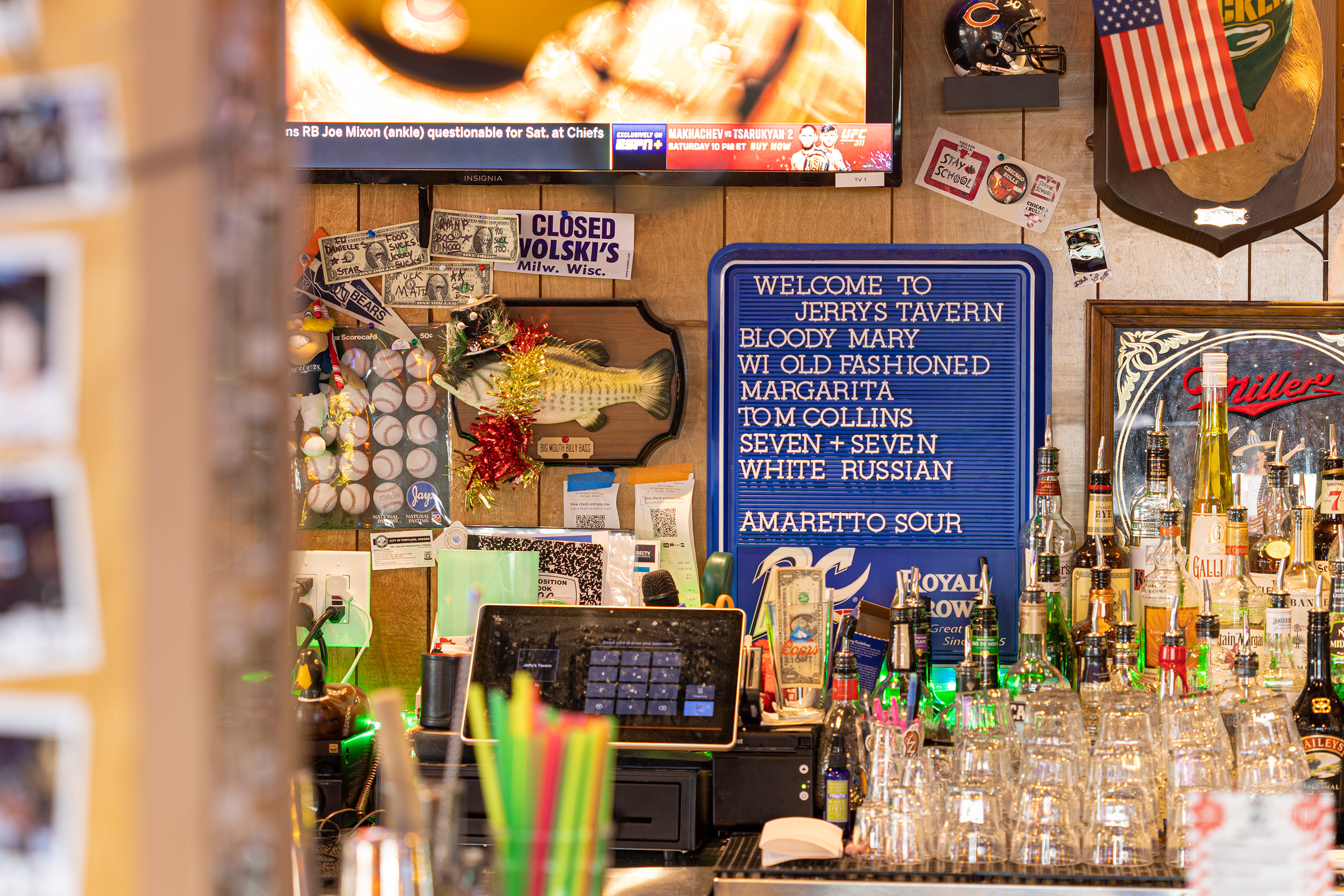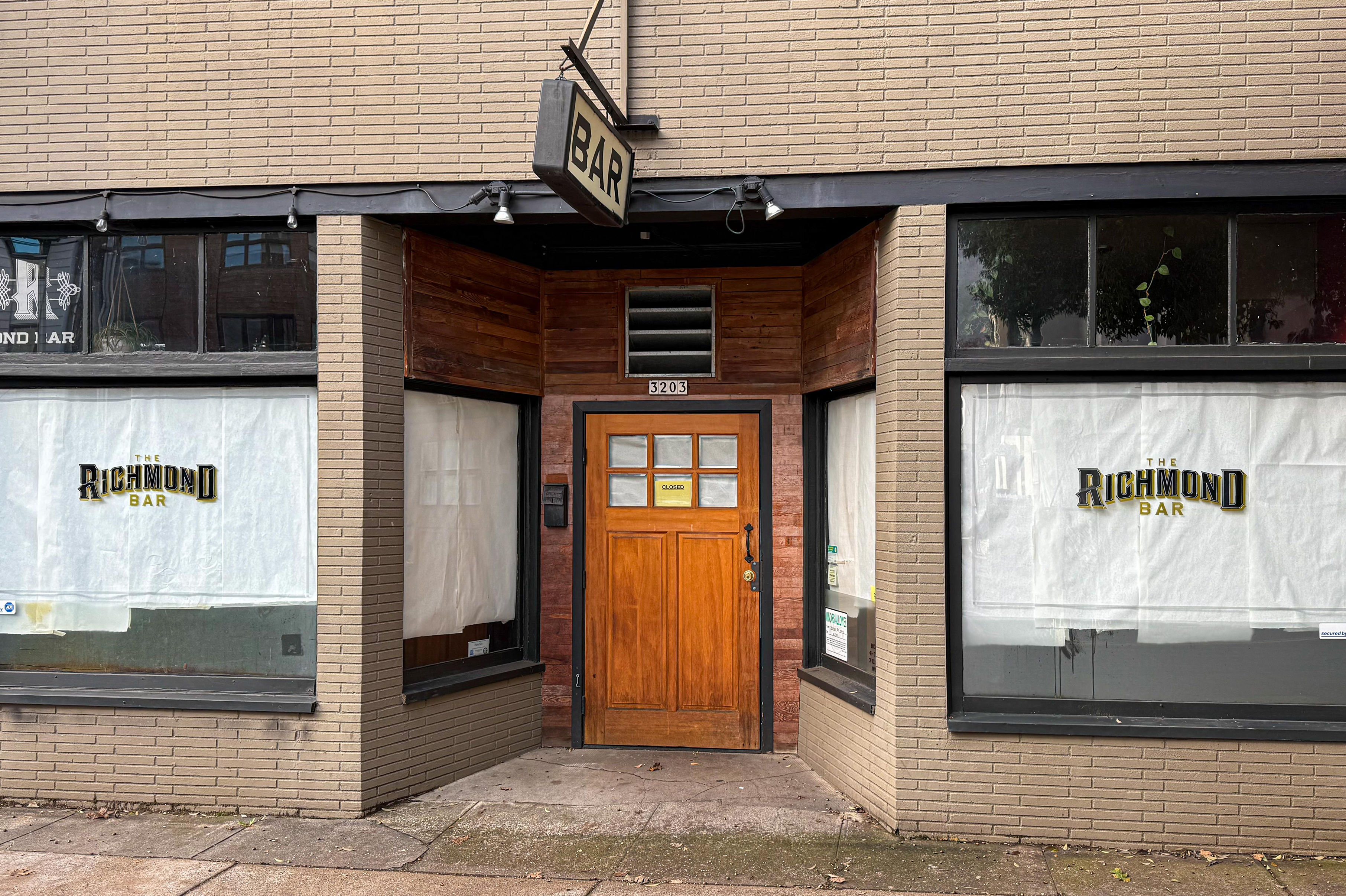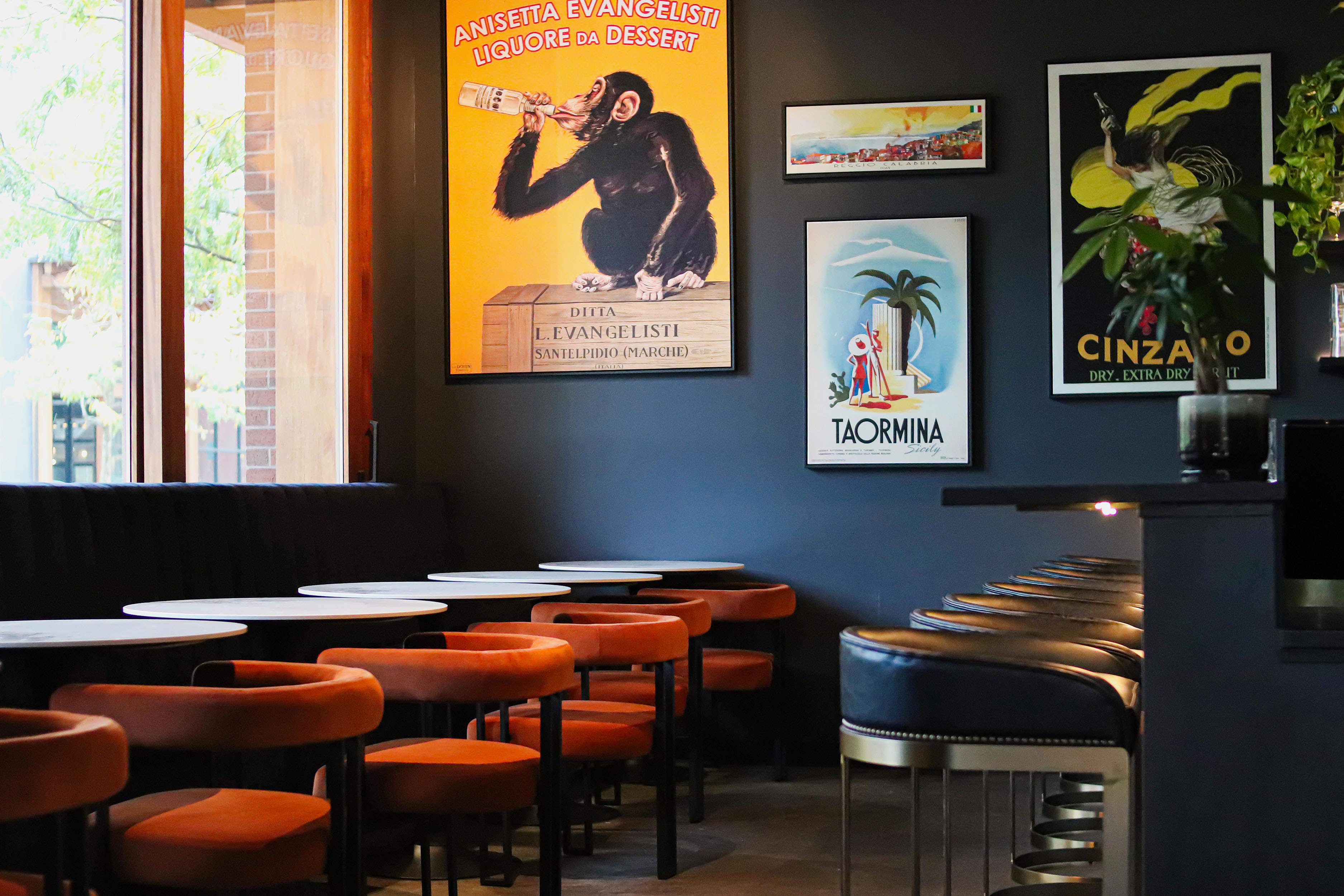In Portland, Cooperation, Sharing, and Charity Are on the Menu

Café Olli
Image: Thomas Teal
It’s no secret that running restaurants is a tough gig. Just ask Jane Smith, owner of Dame Collective, a wine shop and restaurant in Northeast Portland. Shortly after Dame opened in 2016, her business partner exited, leaving Smith to run the business alone.
“Work completely subsumed my life,” Smith says. “I missed all family birthdays, Christmas Eves. Lost my marriage. I just went fully into the restaurant, because it needed everything. I wouldn’t wish that on anyone.” She has since embraced an innovative business model, and Dame Collective is now one of a handful of Portland restaurants test-driving creative ways to structure food service.
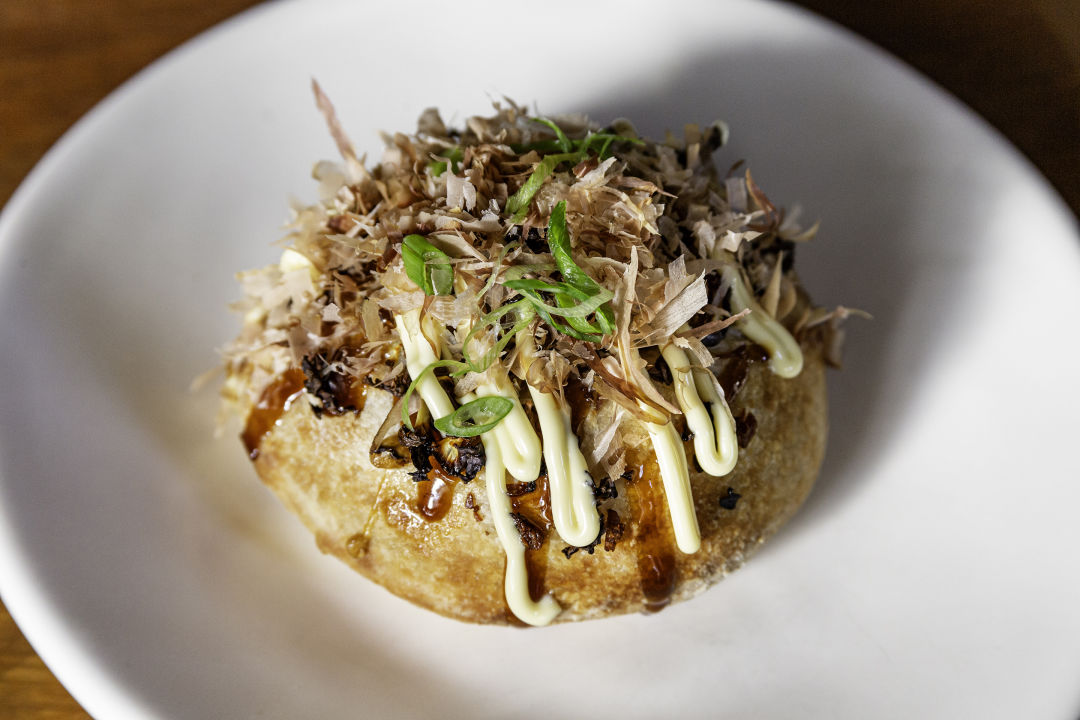
Bialy Bird
Image: courtesy star chefs
Sharing Solution
In 2019, Smith brought chef Patrick McKee on board to run his Italian concept out of Dame a few days a week. Since then, other chefs have followed suit, serving their own menus during the remainder of the week. “This allows the space to be maximized without the burden of it physically or emotionally or financially falling on one person,” says Smith. “To be a chef-owner is too much for one person, or even a couple.”
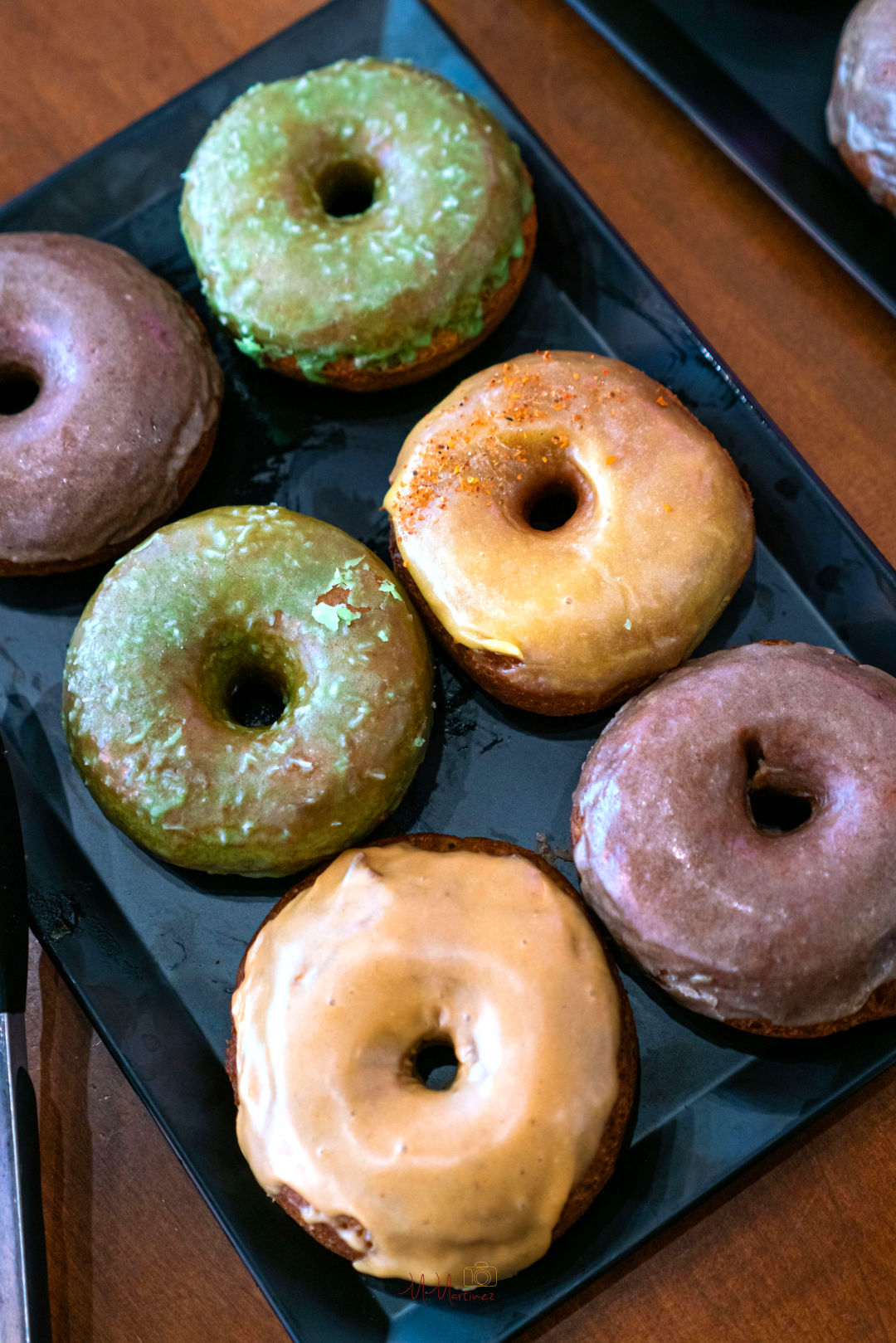
Salvie Donuts
Image: Courtesy Salvie Donuts
Smith jumped on the chance to expand just two doors down after chef Naomi Pomeroy’s restaurant, Ripe Cooperative (in the space formerly occupied by Pomeroy’s Beast), closed in late 2022. Dubbed Lil’ Dame, it now hosts an additional mini-restaurant: Luna Contreras’s Chelo. Morning pop-ups Bialy Bird and Salvie Donuts appear a couple mornings each week, adding to the space’s earning potential. Yes, it’s a lot for Smith and her customers to track.
Chefs pay on a sliding scale: $65 plus 10 percent of food sales per night. Dame provides front-of-house staff and pockets beverage income; each mini-restaurant brings its own cooks. Margins are still thin, despite a bustling business. “We are sustaining, which I think is a victory. But we are busy-busy, and it’s still a challenge,” says Smith.

Chelo
Image: Courtesy Luna Contreras
And yes, six chefs do share one walk-in refrigerator. “It can get chaotic on delivery days,” says Contreras. Specialized gear, like a rice cooker and an ice cream machine, is stashed in nooks. When another chef uses the kitchen in the morning, planning is required for evening menu items with longer prep times, like bread. “It’s just been a lot about communicating,” says Contreras. “But it’s been a game changer for my confidence. There’s so much support from everyone.”
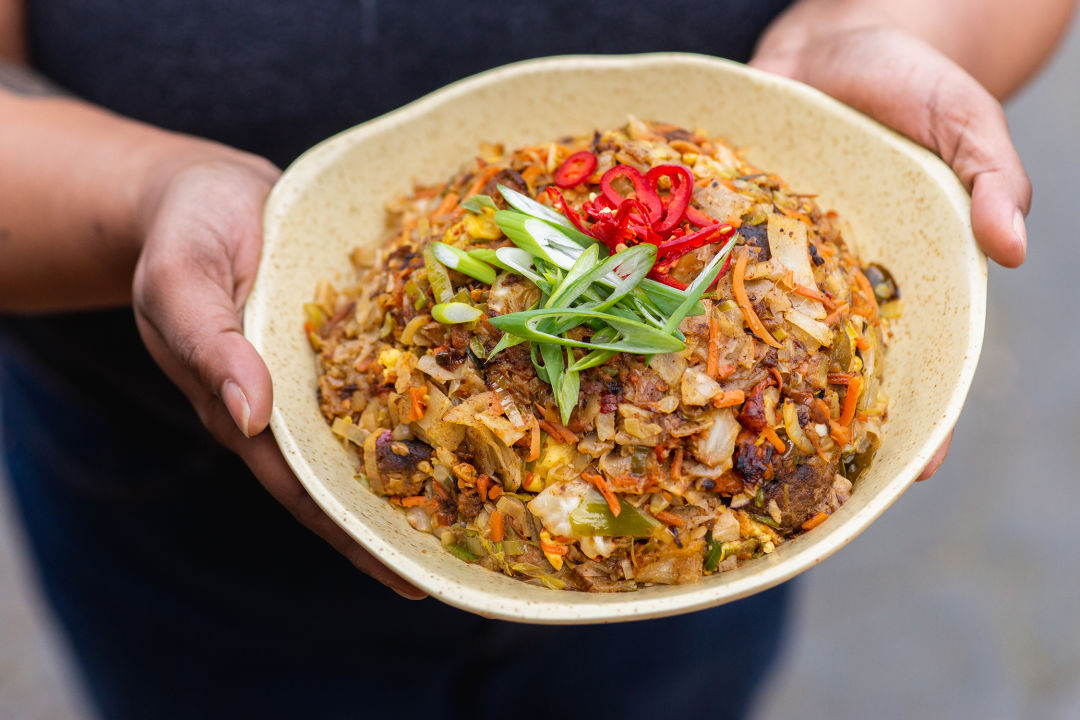
Mirisata
Image: Courtesy Mirisata
Worker-Owned Cooperatives
When vegan Sri Lankan restaurant Mirisata opened in 2020, it was likely the only worker-owned restaurant in Portland. Café Olli followed in 2021, founded by a group of former Ava Gene’s employees who hoped to create a working environment that was healthier than restaurant norms.
At both, all employees become worker-owners after successfully completing a trial period. There’s no inherent value in being a worker-owner, but during periods when the business is profitable—which, as is typical for young restaurants, hasn’t happened yet—any profits would be split among all worker-owners. At Mirisata, it’s treated as a bonus, according to the number of hours worked the previous year. Traditional tipping is avoided, to alleviate inequity between front and back of house: Café Olli adds a 20 percent “health and wellness” fee, while Mirisata eschews tipping but structures its pricing accordingly. At Mirisata, worker-owners also share the burden of ownership, from shopping to payroll to training to voting on decisions.
The hope is that this model will dampen turnover, which is an industry-wide scourge. Café Olli currently consists of two partners and 26 worker-owners. Two of the restaurant’s original founders, married couple Siobhan Speirits and Taylor Manning, own half the business and have the final word on all business decisions. The other half is in an employee-owner trust, from which all worker-owners share any profits according to seniority. Company finances are shared at quarterly meetings. “It does get frustrating sometimes to be told, ‘This quarter we didn’t make any money,’” says general manager Cassie Petersen, “but that’s when we come together as a team and push.”
So does it work? “I wouldn’t recommend anyone open a restaurant,” says Mirisata worker-owner Alex Felsinger. “But I’m confident that it’s less time-consuming than it would be if it was a traditional model.” —Katherine Chew Hamilton
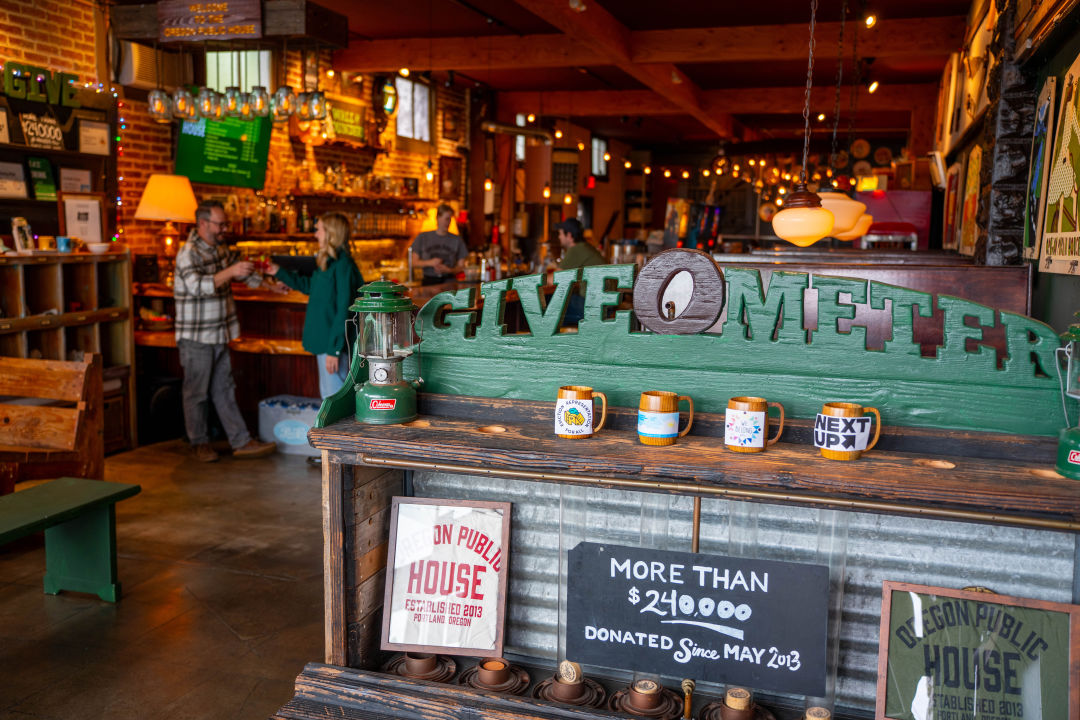
Oregon Public House
Image: courtesy mark norton
The Charitable Bar
At the cash register at Oregon Public House, customers are faced with a choice: which charity should the profits from their orders go to? The philanthro-pub has donated nearly $250,000 to local charities so far. The idea grew out of the 2008 recession, when charity donations slumped, but bars were still profitable. And so founder Ryan Saari leased a restaurant and bar, with a downstairs party and event space for 50 people and the 300-person Village Ballroom upstairs. The pub opened in 2013; prepandemic, it was donating $2,000 per month while providing competitive pay with health care and retirement benefits. Saari and the board are volunteers. “Prior to COVID it worked out great,” says Saari, who is a church pastor by day. “We’re all about the idea of giving back as a celebratory and community thing.”
The pandemic was rough, leading to a GoFundMe campaign, but the business—it’s officially an LLC owned by a nonprofit—survived, and is now back to modest charitable contributions. Saari says his biggest challenge is “the industry itself. It’s pennies on the dollar. People say, ‘Why don’t you start a tech company?’ Well, I don’t know how to do that. But our other goals were creating opportunities to learn about charities in our city, and creating community.” Saari has fielded calls from hundreds of other businesses looking to copy them. “We’re really trying to pave the way for this kind of mission and model.” —Arianne Cohen
